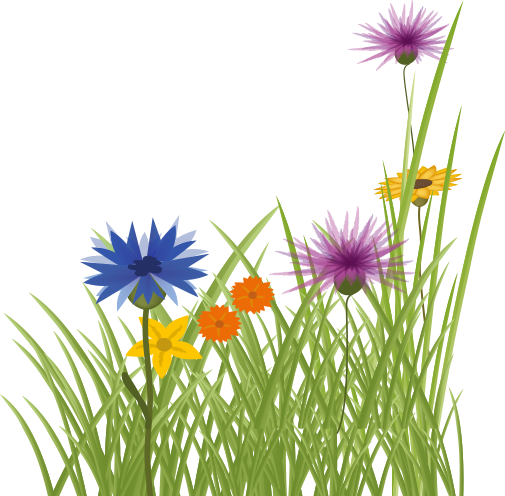



The number of pollinators is in sharp decline which poses a threat to our nature. However, the biodiversity of animals, plants and microorganisms are indispensable for our ecosystem and a balanced environment. Marigolds, sunflowers, seed vetch, horn clover, marigolds or corn poppies - all these and many more flower species provide an ideal habitat, shelter and diverse food sources. Flowerstripes are a paradise for insects and small animals and foster animal and plant life. In addition to rich soil life, they also loosen the soil, contribute to humus formation and improve the structure of the soil.




For us - as Südzucker Sugar Division as well as for the whole Südzucker group - the responsible use of resources and the reduction of environmental impacts are particularly important. This includes diversity for our environment, because we appreciate the blossoming and humming at the edge of fields, the flower meadows and enjoy the attractiveness of the cultivated landscape and the local recreational value. At Südzucker, we place a high value on biodiversity and understand how we can foster it.
Every year, we therefore support our sugar beet growers with free seed mixtures that are specially formulated and adapted to sugar beet fields. Since 2014, thousands of seed mixtures have been transformed into flowerstripes at the edge of beet fields. The Mannheim Institute for Agroecology and Biodiversity has been supporting us as an external research partner since 2018. In 2023 we want to plant 2,000 flowerstripes on the edges of the beet fields.
